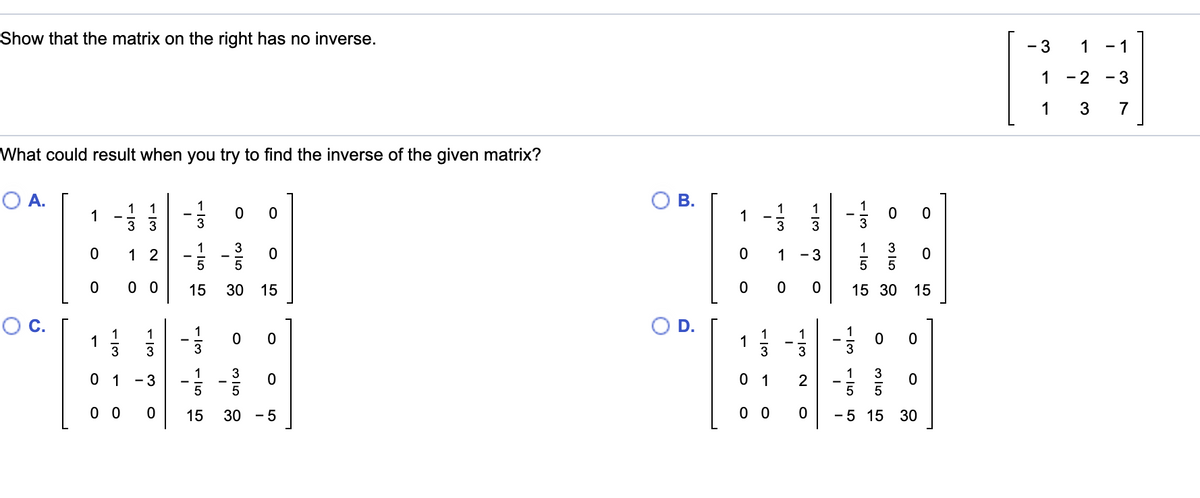

Medium Severity: Any vulnerability, the exploitation of which has a potential to result in loss of Confidentiality, Availability, or Integrity. Low Severity: Any vulnerability, the existence of which degrades measures to protect against loss of Confidentiality, Availability, or Integrity. Their severity differs based on the type of security check: The security rules displayed in this view are taken from the official Information Assurance Support Environment (IASE) website. Pass (M): will be displayed where no object is found to be non-compliant. The list of non-compliant objects can be viewed in the details of the affected objects section.
#Modified runix matrix not taking essentia manual#
Manual: An answer to Manual check is required.įail (M): will be displayed where there is at least one object in your infrastructure that is not compliant with a specific security check. Pass: will be displayed in case that no object is found to be non-compliant.

For more information, see Filters.Īnalysis results can display the following states:įail: will be displayed where there is at least one object in your infrastructure that is not compliant with a specific security check. You might need to customize the displayed security checks by filtering those that are not included in your organization’s security policy. Regardless of the original severity, some security rules may not be required for your organization’s security policy. Major Severity: Security hardening that can relate to any environment and is related to a host or a network configuration item. Medium Severity: Security hardening that relates to common environments. Low Severity: Security hardening that is intended for highly secure environments only. Their severity differs based on the type of security The security rules displayed in this view are taken from the official VMware Security Hardening guides.
#Modified runix matrix not taking essentia iso#
This section contains security and compliance policies related to VMware’s guidelines, DISA STIG, PCI DSS, HIPAA, BSI IT-Grundschutz, CIS, NIST, GDPR, Cyber Essentials, Essential Eight and ISO 27001. A related widget which is located on the main dashboard is providing a quick overview of your vulnerability exposure. This section is dedicated to highlight any applicable vulnerability for all your connected systems. Runecast Analyzer is constantly updated to detect the latest vulnerabilities for the supported technologies. Expanding the best practice section will show details on affected objects and provide the settings that do not align with the best practice. If it is not followed for at least one of the affected objects, then it is marked as Fail. If a specific best practice is followed for all related objects, the best practice item is marked as Pass. Each best practice is checked against the configuration items from the scanned virtual infrastructure. This view includes industry best practices related to VMware’s recommendations. This view lists all detected issues within the scanned virtual infrastructure that were derived from VMware Knowledge Base articles. For more information about the Analyze now button, please check section Connect to a System and Analyze). It is recommended that you enable and configure automated scheduled scans – see Automatic scheduler. nĬlick on the Analyze now button to initiate a scan and perform an analysis of all configuration data in your virtual infrastructure. You also have the option to include affected objects which will output each affected object and the objects’ findings values. Each view provides the capability to Export (at the top-right of the screen) the issues shown in the table. This section includes several views of configuration issues that were detected from scanning the entire virtual infrastructure and by analyzing the configuration settings.


 0 kommentar(er)
0 kommentar(er)
